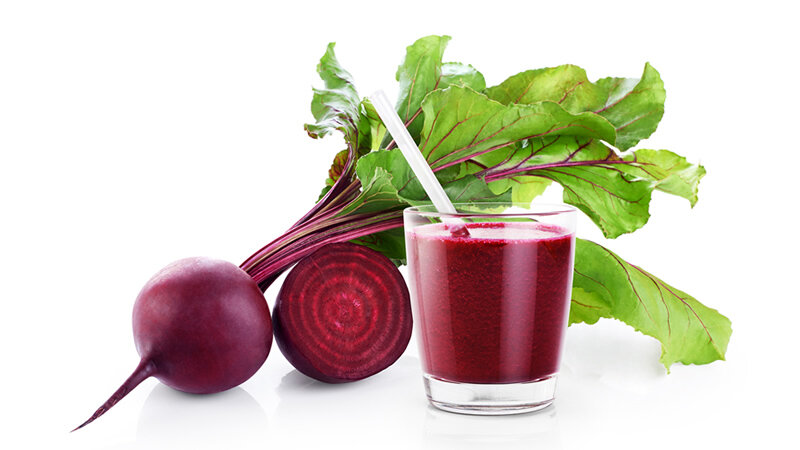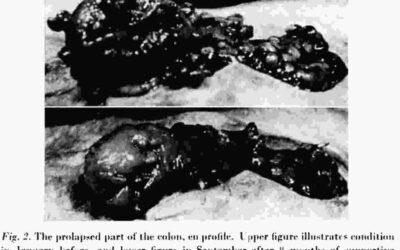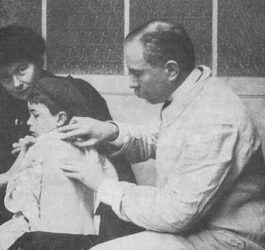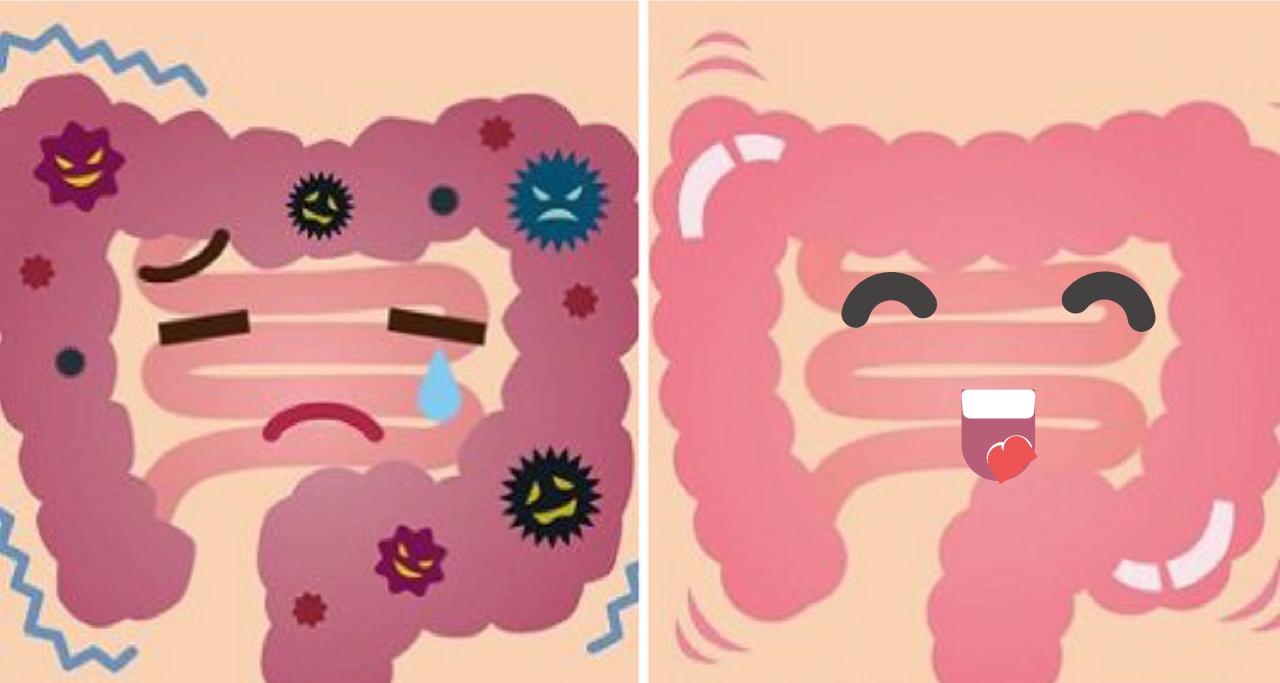Beets have many medicinal properties attested by numerous scientific studies. It can help to treat very common diseases in our modern society, such as diabetes and insulin resistance, hypertension and other cardiovascular diseases, kidney, liver and digestive diseases.
In the studies I used for this article, scientists focused primarily on 3 active compounds present in high amounts in beets, which give them their medicinal properties:
– Betalains: they include betacyanins which are red-violet pigments (betanin, isobetanin, neobetanin, betanidin, and isobetanidin) and betaxanthins which are red-yellow pigments (vulgaxanthin I and vulgaxanthin II, indicaxanthin)
– Inorganic nitrate that the body converts into nitric oxide, which is a vasodilator, neurotransmitter and contributes to the proper functioning of the immune system.
– Betaine (Trimethylglycine) which is an amino acid discovered in beets, hence its name, but which is also found in quinoa, wheat germ, spinach, or shrimp.

Antioxidant properties
Beetroot is considered one of the 10 most antioxidant plants, mainly because of betalains that are good electron donors.
In one study, linoleic acid (omega 6) peroxidation was inhibited by betanin and betanidin at very low concentrations. In simple words, betalains protect omega 6 fatty acids from oxidation.
Betanin prevents lipid peroxidation in pork stored at 4 degrees for 9 days.
Betalains are better lipid antioxidants than tocopherol (vitamin E) and catechin (a flavonoid found in large quantities in cocoa but also in many fruits).
Betanin chelates copper ions CU2+ which prevents the pro-oxidant action of copper.
Betanin protects DNA from damage caused by hydrogen peroxide.
In one study, betalains in beetroot juice and chips attenuated neutrophil oxidative metabolism in obese people.
Protects the cardiovascular system
In one study, human erythrocytes showed increased resistance to cumene hydroperoxide-induced oxidative hemolysis after in vitro incubation with indicaxanthin and betanin.
In other words, beets protect red blood cells from oxidation.
Maximum concentrations of indicaxanthin and betalain in erythrocytes were reached 3 hours after consumption.
Beetroot juice has been found to lower systolic and diastolic blood pressure.
Another study showed a drop in blood pressure in 68 people with hypertension after drinking 250 ml of beetroot juice daily for 2 weeks.
Beet juice consumption has also been shown to not only reduce blood pressure, but also improve endothelial function and significantly increase plasma NO2 levels and systemic NO production. In a clinical trial in healthy subjects, daily consumption of 500 mL of beetroot juice significantly reduced blood pressure in proportion to an increased peak in plasma NO2 levels.
The hypotensive effect of beets is due to its high level of NO3 but not only: studies suggest that other bioactive compounds in beets have effects on vessels dilation.
Another study specifies that the hypotensive effect of beets seems to be strongly influenced by the physiological and medical state. The administration of beetroot juice was found to exert a much stronger effect on blood pressure in hypertensive subjects compared to normal subjects. In other words, beets won’t lower your blood pressure if you do not have blood pressure problems.
Research has suggested that betain, by increasing L-methionine levels, helps reduce toxic levels of homocysteine, a naturally occurring amino acid that can be harmful to blood vessels, contributing to the development of heart disease.
Anti-inflammatory properties
In one study, betalain concentrates without sugar or nitrates improved the performance and recovery of triathletes compared to the placebo control group. They ran faster and their blood creatine kinase, which is a marker of muscle damage, increased less and they felt less tired than the control group.
In another study, beetroot extracts given 30 days before and 3 days after irradiation had a protective effect in mice exposed to radiation. Therefore, people treated by radiation therapy for cancer should consume beets on a regular basis.
Protects the liver
– In one study, betaxanthin inhibited the growth of hepatic carcinoma cells.
– Administration of a beetroot extract containing 0.0025% betanin in drinking water reduced the incidence of liver tumors by 60% in mice.
– Animal experiments have shown that betanin is effective in the treatment of fatty liver disease.
– Red beetroot juice decreased liver toxicity caused by N-nitrosodiethylamine and carbon tetrachloride in rats.
– As a result of feeding rats freeze-dried beet, global parameters and enzymatic antioxidants (glutathione peroxidase and superoxide dismutase) of the liver increased significantly.
– In one study, an increase in zinc and copper content was found in the liver of beet-fed rats, which may protect hepatocytes against oxidative stress because these elements are necessary for the functioning of superoxide dismutase enzymes. Their liver concentration of short-chain fatty acids decreased, while that of long-chain fatty acids increased.
– Another study has shown that beets protect the liver from damage caused by alcohol and lipopolysaccharides (bacterial toxins).
– Another study showed that beetroot extracts added to the treatment of patients with non-alcoholic fatty liver disease significantly improved liver blood markers (AST, ALP, FBS, LDL, HDL). This study also found that the effect of beets on ALT increased over time.
– Betain was discovered in beets, hence its name. But its real scientific name is: “trimethylglycine”. It is a methyl donor amino acid. The donation of methyl molecules is important for the proper functioning of the liver and the cells in general. In other words, trimethylglycine is necessary for proper liver function, cell replication, and detoxification.
Trimethylglycine can be used as a remedy to treat hepatitis B and C, liver fibrosis, alcoholic fatty liver disease and non-alcoholic fatty liver disease. It works synergistically with folic acid, vitamin B12, vitamin B9, S-adenosyl-L-methionine and choline in the body to support normal liver health.
It increases the levels of glutathione, superoxide-dismutase, catalase and glutathione peroxidase.
In one study, betain supplementation (20g) for 12 months improved signs of liver inflammation in 7 patients with non-alcoholic fatty liver disease.
Protects the kidneys
Studies have suggested a reno-protective property of beetroot juice, associated with the reduction of the mortality rate and favorable changes in the functional parameters of the kidneys in patients with kidney disorders.
A study investigating the effects of betaine on serum uric acid levels and kidney function showed that betaine given orally to mice for 7 days was found to significantly reduce uric acid levels . Betaine also reduced creatinine and urea nitrogen levels, resulting in improved kidney function in mice. The results of this study show that betaine has anti-hyperuricemic and nephroprotective actions.
Diabetes
Several studies show that the consumption of beetroot juice effectively delays the postprandial glycemic response and decreases blood sugar spikes.
In one study, rats fed betalain-rich beetroot chips had a significant drop in blood glucose levels and the atherogenic index.
The hypoglycemic effect of beet juice might be caused by the inhibition of glucose absorption in the intestine and the decrease in insulin levels could be linked to an increase in cortisol.
Alzheimer’s and Parkinson’s
In the rat model of Parkinson’s disease induced by combined administration of tacrine, haloperidol and reserpine, red beet (100, 200 and 300 mg/kg) protected against behavioral changes and ameliorated oxidative stress. These results indicate that betanin may have the ability to prevent or delay the progress of neural death in Parkinson’s disease.
Betacyanins extracts reversed the learning and memory impairments. Orally administered betalains were more effective than ascorbic acid in reducing cognition deficits in mice, restoring the normal levels of antioxidant enzymes (superoxide dismutases, catalase, glutathione peroxidase and glutathione reductase), and decreasing the level of lipid peroxidation products.
Anti-cholesterol
In one study, betalain-rich extracts given to diabetic rats decreased blood cholesterol, triglyceride, and LDL levels, and increased high-density lipoprotein (HDL) levels.
Betalains bind to LDL both in vitro and in vivo. Bound betalains protect LDL from oxidation.
In one study, administration of betalain-rich red pitahaya Hylocereus polyrhizus (300 mg/kg body weight) to hypercholesterolemic rats lowered serum lipids and total cholesterol, apparently due to increased excretion of bile acids.
In another study, LDL cholesterol levels decreased in 30 healthy people who consumed beetroot juice (250ml) with glucose (300g). Beet juice also lowered postprandial glucose and lipid levels.
Another study showed that betalain-rich dietary supplements lowered total cholesterol, triglyceride, and low-density lipoprotein (LDL) levels in 48 male patients. It has been suggested on this basis that betalains might be useful in the management of hyperlipidemia.
Anti-cancer
The cytotoxicity of betalains against cancer cells has been demonstrated in several studies.
In one study, betaxanthin inhibited the growth of hepatic carcinoma cells.
In a mouse study, administration of a beet extract containing 0.0025% betanin in drinking water decreased the incidence of liver tumors by 60% and reduced splenomegaly.
In another study, a betanin/isobetanin-rich beetroot extract was found to be cytotoxic to human breast cancer cells.
Oral administration of beet extract in drinking water to mice significantly reduced the number of papillomas in the skin after topical tumor induction. The same extract, administered orally, reduced the number of mice with adenomas by 60% and the number of tumors in affected animals by 30% after induction of lung tumors.
Beetroot extracts administered orally also inhibited the formation of skin tumors induced by UV rays or chemical treatments.
Antimicrobial properties
Betalains have been shown to have antiviral, antibacterial, antifungal, and antiprotozoal activity.
In one study, beet pomace inhibited the multiplication of Salmonella typhimurium, Staphylococcus aureus, and Bacillus cereus.
In another study, beet pomace was shown to also inhibit the growth of Gram-negative bacteria (E. coli, Pseudomonas aeruginosa, Citrobacter freundii, Citrobacter youngae, E. cloacae, Salmonella typhimurium), S. typhimurium, and C freundii.
Betalain-rich extracts of red pitahaya inhibited Gram-positive bacteria (B. cereus, S. aureus, E. faecalis, Listeria monocytogenes) at 7.8 µg/mL, Gram-negative bacteria (E. coli, Proteus mirabilis, Proteus vulgaris, P. aeruginosa, Salmonella typhi Ty2, Yersinia enterocolitica, Klebsiella pneumonia, Enterobacter cloacae, E. aerogenes) at 15.6–62.5 µg/mL, yeasts (Candida albicans, Rhizoctonia solani) at 125–250 µg/mL and molds (Fusarium oxysporum, Cladosporium herbarum, Botrytis cinerea, Aspergillus flavus) at 500 µg/mL.
Gram-positive bacteria generally show greater susceptibility to beetroot than Gram-negative bacteria.
Belaine-rich extracts of Amaranthus spinosus L. and Boerhaavia erecta L. exhibited dose-dependent antimalarial activity in an in vivo mouse model assay.
Fermented Beet juice
Fresh and lacto-fermented beetroot juices have high anti-carcinogenic and anti-mutagenic potentials. The dominant betacyanins in lactofermented beetroot juice are betanidin and betanin, while fresh juice contains no betanidin; the dominant compound in fresh juice is betanin. Betadinin is the betalain with the highest antiradical activity. The action of betanin is known to be limited only to the lipid phase, while betanidin displays antioxidant activity in both hydrophilic and lipophilic fractions.
It has been shown that chronic and regular ingestion of fermented beet juice can lead to the maintenance of the intestinal microbial ecosystem and modify metabolic activity in order to reduce the risk of diseases related to food intolerances.
Identification of microorganisms adhering to the intestinal epithelium after consumption of fermented beet juice revealed the following groups: Lactobacillus-Enterococcus, Clostridium cocciodies, Enterobacteriaceae, Bacteroides-Prevotella and Bifidobacterium. The most stable of these groups were the bifidobacteria which colonized the intestinal epithelium of all groups of laboratory animals.
In the group of rats supplemented with beets, an increase in the number of Lactobacillus-Enterococcus bacteria was observed. The presence of mutagen in animal feed resulted in a decrease in the number of the above-mentioned bacteria. This reduction may be the result of the detoxifying abilities of Lactobacillus sp. It is known that lactic acid bacteria are able to adsorb toxic substances (for example: p-cresol, heterocyclic aromatic amines and ochratoxin A) on their cell wall. Thus, the decline in the number of Lactobacillus-Enterococcus bacteria may be a side effect of the interaction between mutagenic and bacterial cells. As a result, there was a decrease in the bacteria’s ability to adhere to the intestinal epithelium. This phenomenon should be considered positive considering the possible detoxification of the intestinal environment carried out by the bacterium Lactobacillus.
One of the promoters of aberrant processes in cells of gut epithelium (formation of tumors) is the disadvantageous system of intestinal microbiota and its metabolic activity. Previous investigations showed that consumption of the lactofermented beetroot juice, containing live bacteria of the genus Lactobacillus, caused modulation of intestinal biocenosis and reduced formation of aberrant krypt foci.
In one study, the normalizing effect of lactofermented beetroot juice on the caecal ecosystem was indicated by the lowest ammonia concentration in the digesta. The control and mutagen treatments gave rise to the highest concentration of ammonia in the cecum. In the corresponding groups, treated with the lacto-fermented beetroot juice, a decrease in the concentration of ammonia, of 20% and 17% was noticed. A decrease in amount of ammonia is important because this compound is harmful to cells of the gut epithelium. High ammonia concentrations in the intestine may stimulate the development of such diseases as liver encefalopathy and tumorigenesis.
Health benefits caused by consumption of the lactofermented beetroot juice are diverse and consist of reducing oxidation processes in the organism and advantageous modulation of intestinal ecosystem and its enzymatic activities.
Contraindications
Consuming beets can lead to what is known as “beeturia” which is the excretion of red/pink urine after ingesting beets. This is due to the presence of unmetabolized betalain pigments in the urine. This was reported in 10-14% of Shepherd’s study population. This is an impressive, albeit mild, effect that was also reported by most participants in previous studies. In other words, both short-term and long-term treatments with beetroot juice were well tolerated by the subjects.
The concentration of oxalic acid in beets is relatively abundant; the average content in raw beet and beet juice is 94.6–141.6 mg/100 g and 300–525 mg/L, respectively. Oxalic acid, as a chelator of metal ions, promotes the formation of nephroliths and, therefore, is considered a health concern, especially in patients prone to kidney disease.
Consumption of beetroot, beetroot juice or lactofermented beetroot juice (Beet Kvas) is safe for most people, except for people with oxalate sensitivity.
Sources
https://www.ncbi.nlm.nih.gov/pmc/articles/PMC6947971/
https://www.ncbi.nlm.nih.gov/pmc/articles/PMC4517037/
https://pubmed.ncbi.nlm.nih.gov/17234508/
https://pubmed.ncbi.nlm.nih.gov/32685432/
https://pubmed.ncbi.nlm.nih.gov/34743980/
https://www.sciencedirect.com/science/article/abs/pii/S0014299919300639?via%3Dihub
https://pubmed.ncbi.nlm.nih.gov/24338552/
https://www.superfoods-scientific-research.com/natural-remedies/trimethylglycine-benefits.html





